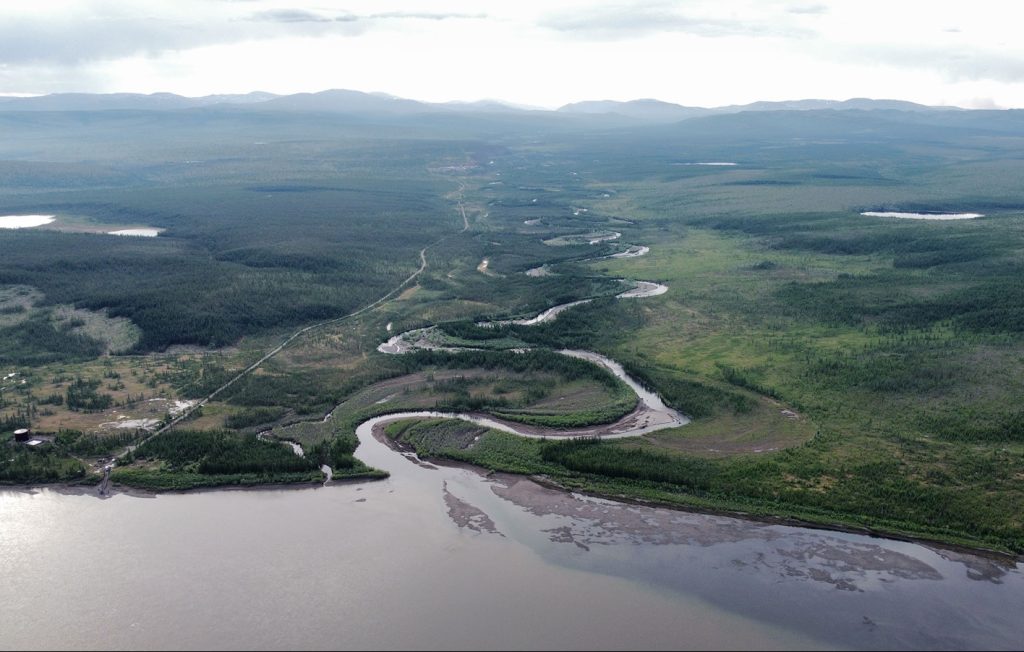Seligdar plans to accelerate development of major Kyuchus gold deposit in Russia

By Eugene Gerden
The Russian Polymetallic holding Seligdar plans to accelerate the development of Kyuchus gold deposit, one of Russia’s largest gold fields in terms of reserves.
For this purpose, the company plans to invest more than 50 billion rubles (US$500 million) in its development by 2030. These plans have been recently confirmed by an adviser to the company’s general director Magomed Gekhaev.
The Kyuchus deposit covers an area of 8.3 square km and is located in two hard-to-reach regions of Yakutia – Ust-Yansk and Verkhoyansk. Its balance reserves amount to 175.3 tons of gold, while resources are at more than 250 tonnes. The joint venture of Seligdar and the Russian state and defence corporation Rostec acquired a license to develop the deposit for 7.7 billion rubles at the end of 2021 although later Rostec withdrew from the project.
According to Gekhaev, so far, Seligdar has already invested 13 billion rubles in the development of Kyuchus, while the project is now at the geological exploration stage. It is expected that all the geological exploration works at Kyuchus are planned to be completed this year, while construction of the mining and processing plant is scheduled for 2028. By 2030 the project will reach its design capacity of 10 tonnes of gold per year.
The Seligdar has already called on the Russian state to provide support for implementation of the project, that is expected to be in the form of a special tax regime and other benefits and exemptions.
The payback period of the project will be 16 years and perhaps even lower depending on global gold prices.
According to the estimates of the Chairman of the Union of Prospectors of Russia, Viktor Tarakanovsky, the launch of Kyuchus field will allow Seligdar to enter the top 5 gold mining companies in Russia. For comparison: the largest gold miner in Russia, Polyus, produced 82.2 tonnes of gold last year. In general, gold production in Russia in 2023, according to preliminary data from the Ministry of Natural Resources, amounted to 421.8 tons, remaining approximately at the level of 2022.
In accordance with the earlier report of the Russian Central Scientific Research Geological Prospecting Institute of Non-Ferrous and Precious Metals (TSNIGRI), gold production in the country could peak in 2030 and then begin to decline. That will take place by the beginning of industrial development of forecast gold resources and reserves from the unallocated fund. As part of state plans, that will allow to increase the overall output by up to 700 tonnes by 2030.
Since 2022, the official statistics on gold production in Russia have not been published. In 2021, according to the Russian Union of Gold Miners, production decreased by 0.2% year-on-year and amounted to 330.9 tonnes. The total production of gold, including production from secondary raw materials, amounted to 363.5 tonnes (-0.1%).
In the meantime, in the long-term, experts of TsNIGRI explain the expected decrease in gold production in Russia by a low increase in reserves in gold deposits, weak development of new gold reserves and general deterioration in the structure of reserves.
In 2005–2022 the main contribution to the production of gold ore reserves in Russia was provided primarily by three Polyus deposits – Natalkinskoye, Sukhoi Log and Olimpiadinskoye. Their contribution to the increase was 40% (426.8 tonnes). In 2023, according to the State Commission for Reserves, the Olimpiadinskoye field again recorded an increase in reserves by 449.2 tonnes. Still, most of analysts expect gradual decline of the reserves of these fields in years to come.
According to an official representative of the Russian Ministry of Natural Resources, in order to replenish and develop Russia’s gold resource base, the state program “Reproduction and Use of Natural Resources” and the federal project “Geology: Revival of a Legend” have been developed. As part of these plans, geological and exploration works, concerning gold reserves of the Russian Siberia and Far Eastern regions will be significantly accelerated.
